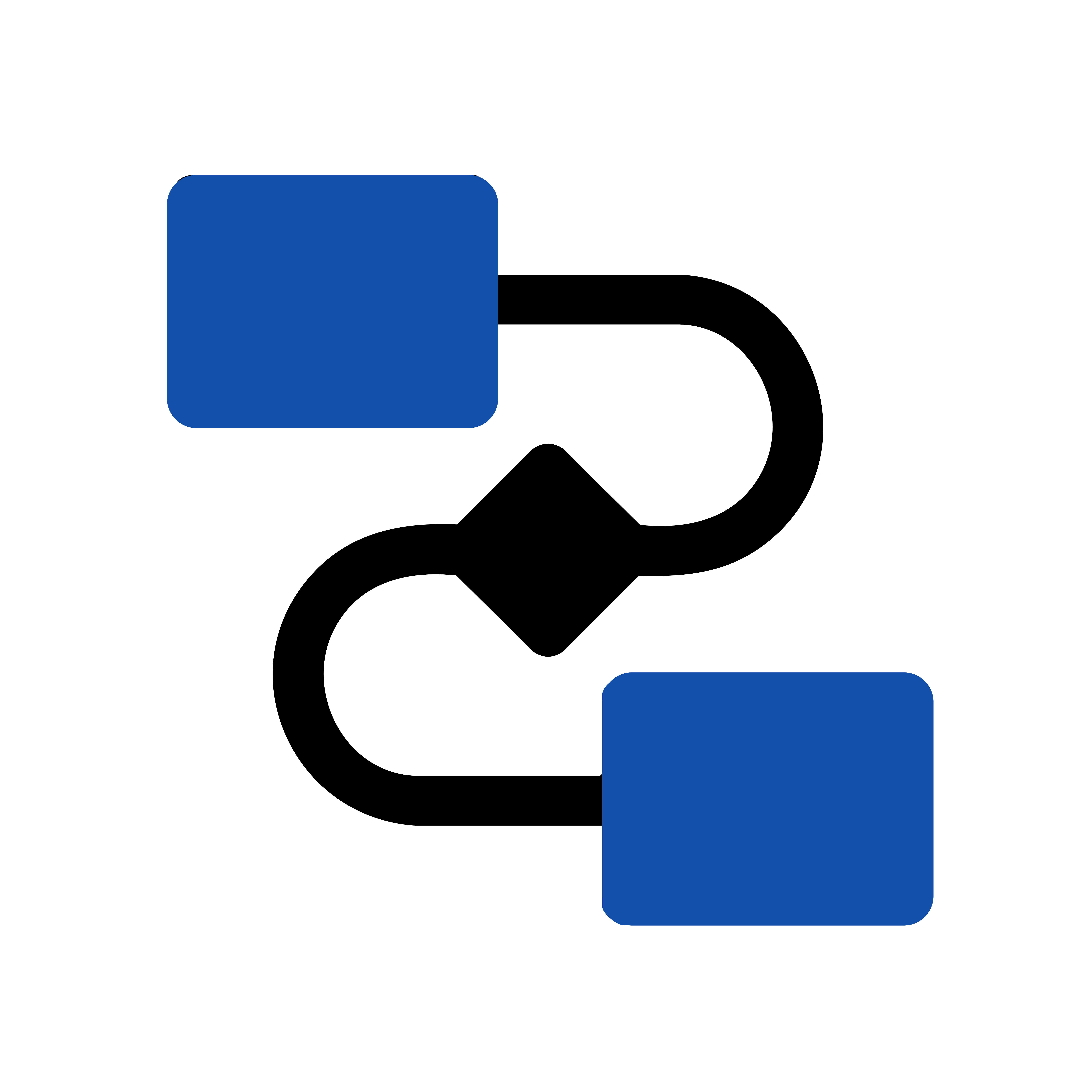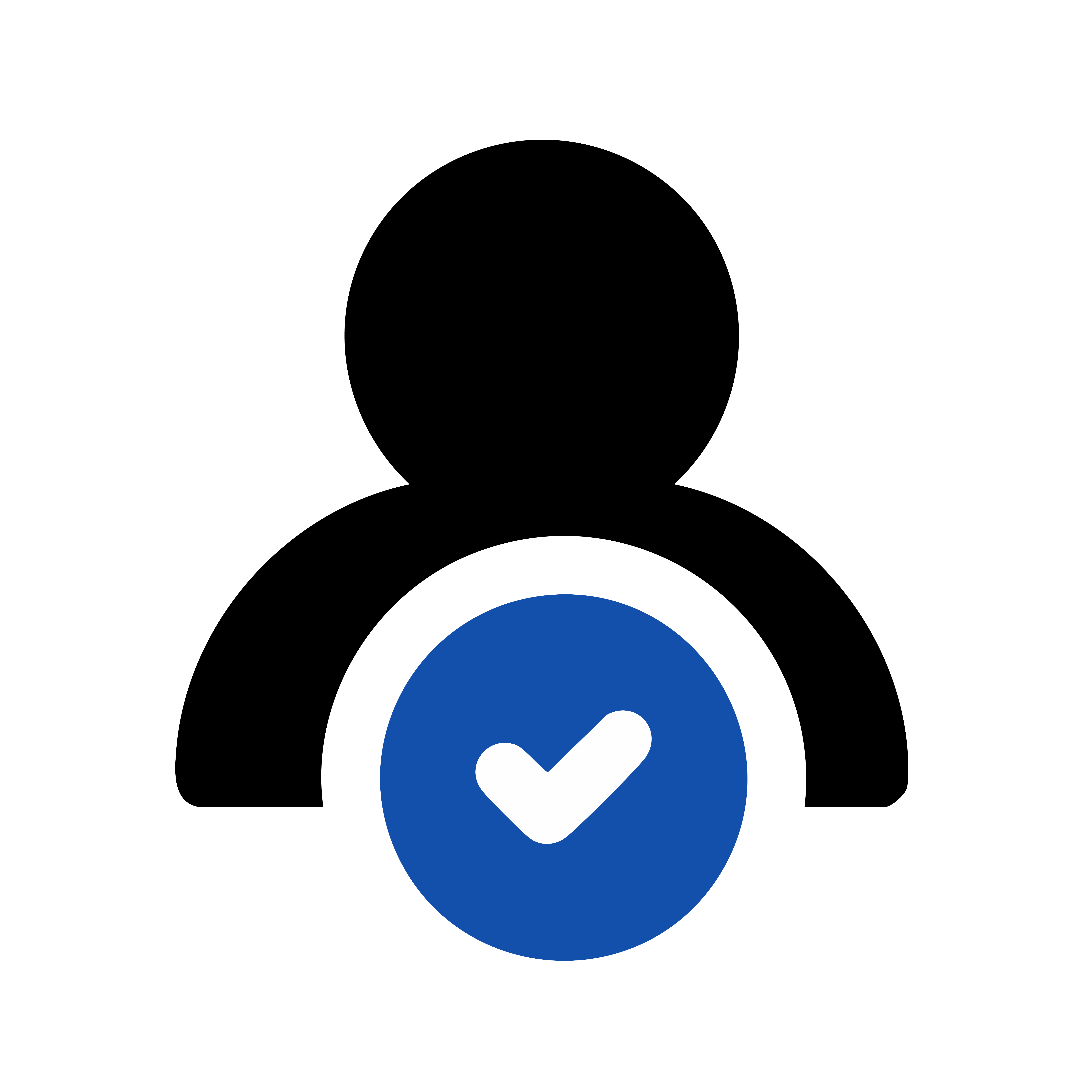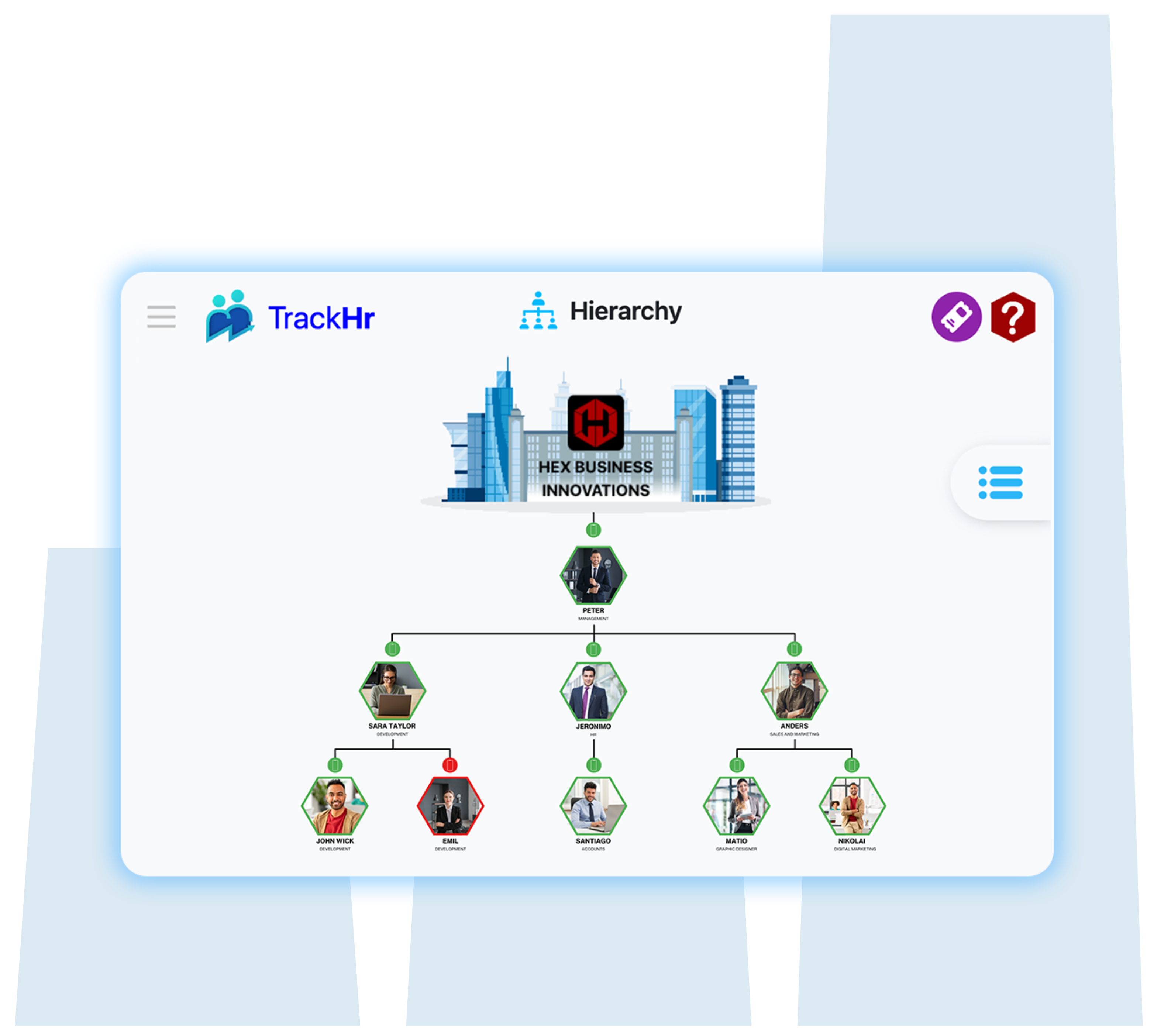Monday, 27 May 2024
Revolutionizing Attendance Management: Technology Transforming Corporate Life
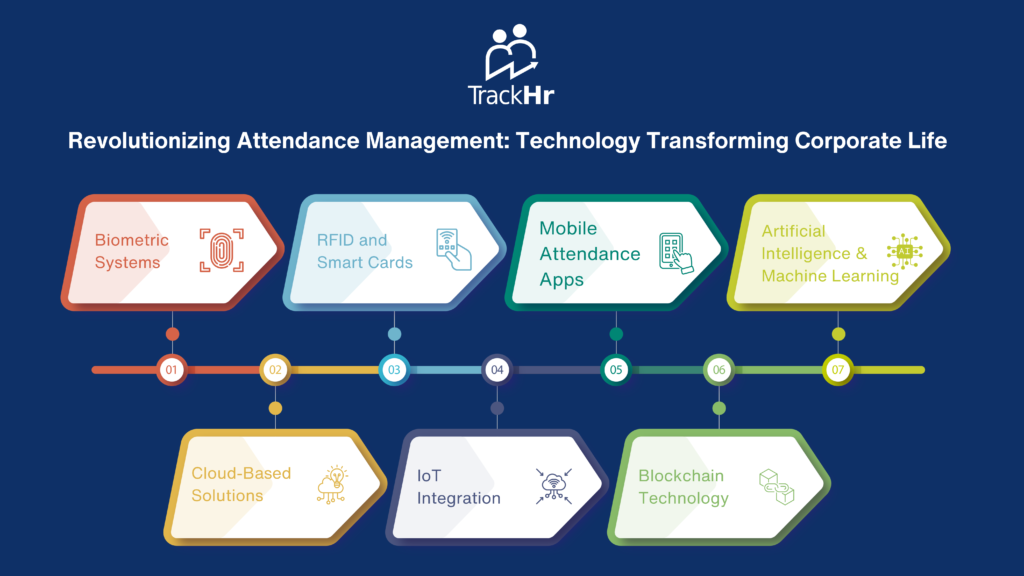
In the ever-evolving corporate landscape, the integration of advanced technologies has become imperative for enhancing efficiency and productivity. One area where technological innovation has made a significant impact is attendance management. Gone are the days of manual punch cards and cumbersome attendance logs. Today’s solutions are smart, seamless, and sophisticated, bringing about a paradigm shift in how organizations manage their workforce attendance. Let’s explore the various technological advancements that are revolutionizing attendance management in corporate life.
1. Biometric Systems
Biometric systems have emerged as a reliable solution for accurate and secure attendance tracking. Utilizing unique biological traits such as fingerprints, facial recognition, or iris scans, these systems eliminate the possibility of buddy punching (where one employee clocks in for another) and ensure precise attendance records. The integration of biometric technology with cloud-based platforms allows real-time data access and analysis, enhancing both security and efficiency.
2. RFID and Smart Cards
Radio Frequency Identification (RFID) and smart cards provide a contactless and efficient way to manage attendance. Employees use RFID-enabled cards to check in and out of the workplace. This technology not only speeds up the process but also integrates seamlessly with other systems like access control and payroll. The data collected can be instantly updated in the company’s HR systems, reducing administrative burdens and minimizing errors.
3. Mobile Attendance Apps
With the proliferation of smartphones, mobile attendance apps have become increasingly popular. These apps allow employees to clock in and out using their mobile devices, often with added functionalities like GPS tracking to verify the location. This is particularly useful for remote or field-based employees. Additionally, these apps often come with features like leave management, shift scheduling, and real-time notifications, making them a comprehensive tool for workforce management.
4. Artificial Intelligence and Machine Learning
Artificial Intelligence (AI) and Machine Learning (ML) are transforming attendance management by providing predictive analytics and insights. AI-powered systems can analyze attendance patterns to predict absenteeism trends, optimize workforce scheduling, and even identify potential compliance issues. Machine Learning algorithms can also enhance biometric recognition systems by improving accuracy over time as they learn from the data.
5. Cloud-Based Solutions
Cloud-based attendance management systems offer scalability, flexibility, and real-time data access. These systems allow organizations to manage attendance data from multiple locations through a centralized platform. The cloud infrastructure ensures data security and enables easy integration with other HR and payroll systems. Furthermore, cloud-based solutions support advanced analytics, providing valuable insights to HR managers.
6. IoT Integration
The Internet of Things (IoT) brings a new dimension to attendance management by connecting various devices and systems. IoT-enabled attendance systems can include smart gates, wearable devices, and environmental sensors to monitor employee presence and working conditions. For example, a smart gate equipped with IoT sensors can automatically log attendance as employees pass through, while wearable devices can track employee movements and ensure their safety in hazardous environments.
7. Blockchain Technology
Blockchain technology, known for its secure and immutable nature, is making its way into attendance management. Blockchain can ensure the integrity and transparency of attendance records, making it virtually impossible to manipulate data. This is particularly beneficial for industries that require stringent compliance and audit trails. By decentralizing attendance data, blockchain also enhances security and reduces the risk of data breaches.
Benefits of Advanced Attendance Management Systems
- Accuracy and Reliability: Advanced systems reduce human error and ensure accurate attendance records.
- Time and Cost Efficiency: Automated processes save time and reduce administrative costs associated with manual attendance tracking.
- Enhanced Security: Biometric and blockchain technologies provide robust security, protecting against fraud and unauthorized access.
- Real-Time Data Access: Managers can access real-time attendance data from anywhere, facilitating better decision-making and workforce management.
- Compliance and Reporting: Automated systems help organizations comply with labor laws and generate detailed attendance reports for audits and reviews.
Conclusion
The advancements in attendance management technology are not just about keeping track of who is in and who is out; they are about creating smarter, more efficient workplaces. As these technologies continue to evolve, organizations that adopt them will benefit from enhanced productivity, better employee engagement, and a competitive edge in the market. Embracing these innovations is no longer an option but a necessity in the modern corporate world.


